Any retelling of a tale from times long past must be an interpretation, a translation into language and concepts that the present audience understands. The original myth may have been told as uninterpreted fact, but later re-tellers are and must be conscious of who their audience is and the purpose of the telling. To what extent does this consciousness shape the choice of what’s told and the language that it’s told in? Interpretation may clarify, betray, reveal, deform.
For the Norse myths, we really have no original, only interpretations. Most of the material was first written down by a single monk a century or more after Christianity had outlawed and supplanted the “heathen” religion of northern Europe. Later came scholarly attempts to translate and present the stories so as to glimpse what the lost original versions may have been.
Then came use of elements of the mythos in drama and opera, free adaptations for modern readers, and the appearance of increasingly familiar tropes in books for young children, cartoons, graphic presentations, animated films, and so on. A luxuriant growth indeed from the few, fragile stems of medieval manuscripts, one of which lay hidden for several centuries in a barn in Iceland.
Their survival is remarkable, for the Norse tales are about as un-Christian as you can get: no all-powerful creator deity, no human virtue rewarded but courage in battle, and on the Last Day, no salvation for anybody. Their fascination for us may be this near-nihilism: a world created essentially by nobody out of nothing, an existence of endless warfare and the rivalry of brutal, dishonest powers, ending in defeat for all. In contrast, the classical myths retold to us through centuries of splendid verbal and visual art can seem pallid. The stark cruelty and essential hopelessness of the Norse stories suits the artistic taste of the last century, our hunger for darkness.
Neil Gaiman tells us that he first met the Norse tales in the graphic narratives that we go on calling comics or comic books, a stupid name considering the breadth of their subject matter. It is a medium well suited to the material: vivid, sparing of words, long on action, short on reflection though given to pithy wisdom. Heroes, shape-changers, battles, superpowers and superweapons – a half-blind wizard, an eight-legged horse, the battlements of Asgard, the Rainbow Bridge – all are perfectly at home in the world of comics.
Gaiman’s characteristically limpid, quick-running prose keeps the dramatic impetus of the medieval texts, if not their rough-hewn quality. His telling of the tales is for children and adults alike, and this is both right and wise, it being the property of genuine myth to be accessible on many levels.
The language of books loved in childhood retains an authority it is useless to question even when impossible to justify. I grew up with Padraic Colum’s Children of Odin, published in 1920, and the stories exist for me in the fine cadences of his prose. Gaiman’s version is certainly a worthy shelf-partner to Colum’s, and perhaps a better choice for a contemporary child reader, used to a familiar tone and a “friendly” approach.
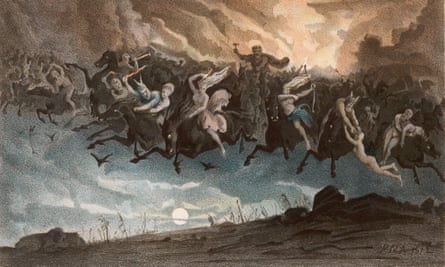
Gaiman plays down the extreme strangeness of some of the material and defuses its bleakness by a degree of self-satire. There is a good deal of humour in the stories, the kind most children like – seeing a braggart take a pratfall, watching the cunning little fellow outwit the big dumb bully. Gaiman handles this splendidly. Yet I wonder if he tries too hard to tame something intractably feral, to domesticate a troll.
It all comes back to the matter of interpretation. In her 2011 book Ragnarok, AS Byatt used the Norse mythos to express her own childhood experience of world war and as a parable of the irrational human behaviours that result in mass ruin and destruction. Such interpretations are perfectly valid in themselves but don’t serve well as a retelling of the myths. They are more of the order of meditations on a religious text, sermons on the meaning of biblical stories. Gaiman does not use the Norse material this way; he simply tells us the story, and tells it well.
What finally left me feeling dissatisfied is, paradoxically, the pleasant, ingratiating way in which he tells it. These gods are not only mortal, they’re a bit banal. They talk a great deal, in a conversational tone that descends sometimes to smart-ass repartee. This chattiness will be familiar to an audience accustomed to animated film and graphic narrative, which have grown heavy with dialogue, and in which disrespect is generally treated as a virtue. But it trivialises, and I felt sometimes that this vigorous, robust, good-natured version of the mythos gives us everything but the very essence of it, the heart.
The Norse myths were narrative expressions of a religion deeply strange to us. Judaism, Christianity and Islam are divine comedies: there may be punishment for the wicked, but the promise of salvation holds. What we have from the Norse is a fragment of a divine tragedy. Vague promises of a better world after the Fimbulwinter and the final apocalypse are unconvincing; that’s not where this story goes. It goes inexorably from nothingness into night. You just can’t make pals of these brutal giants and self-destructive gods. They are tragic to the bone.
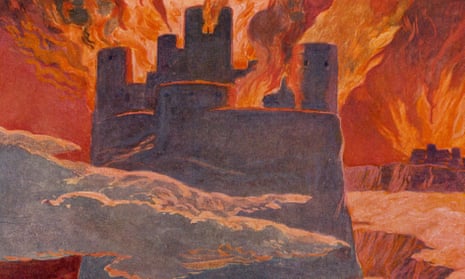
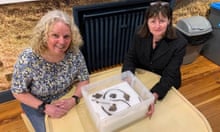

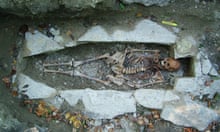


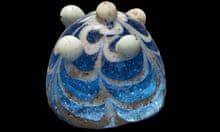


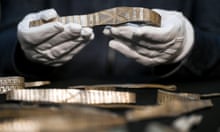

Comments (…)
Sign in or create your Guardian account to join the discussion